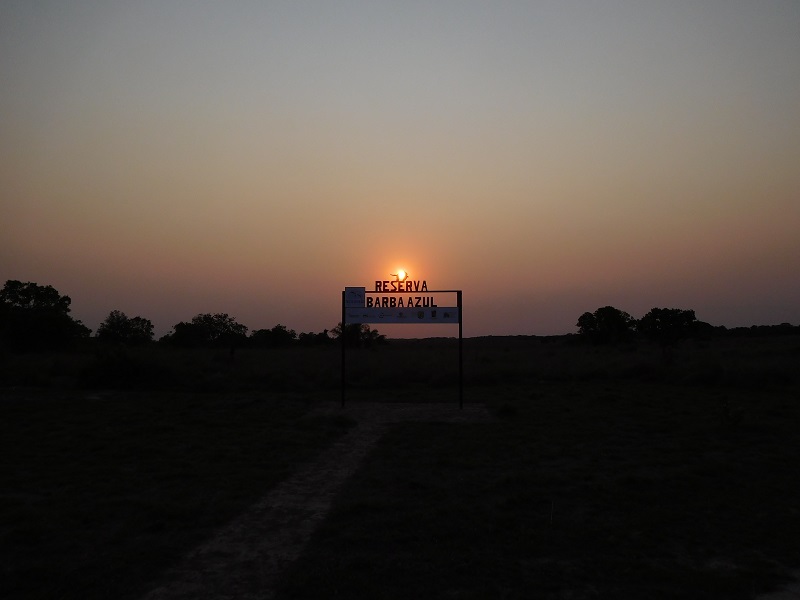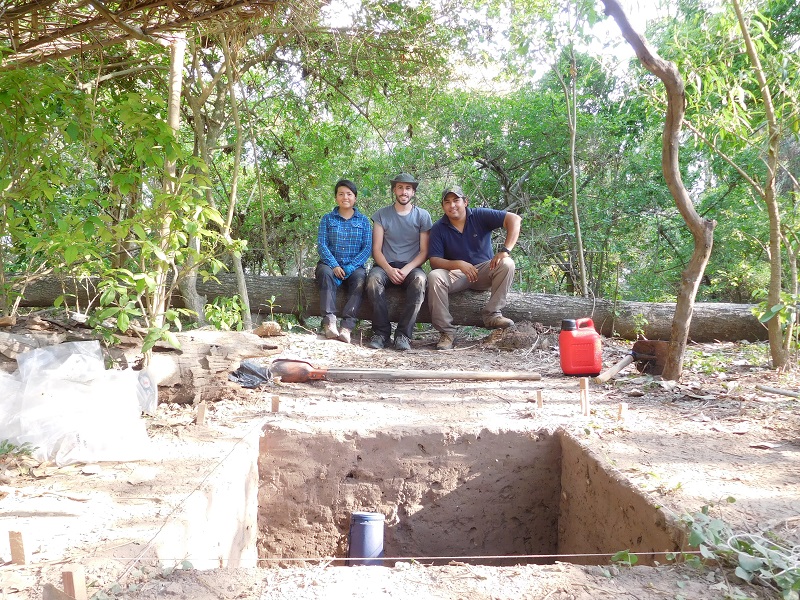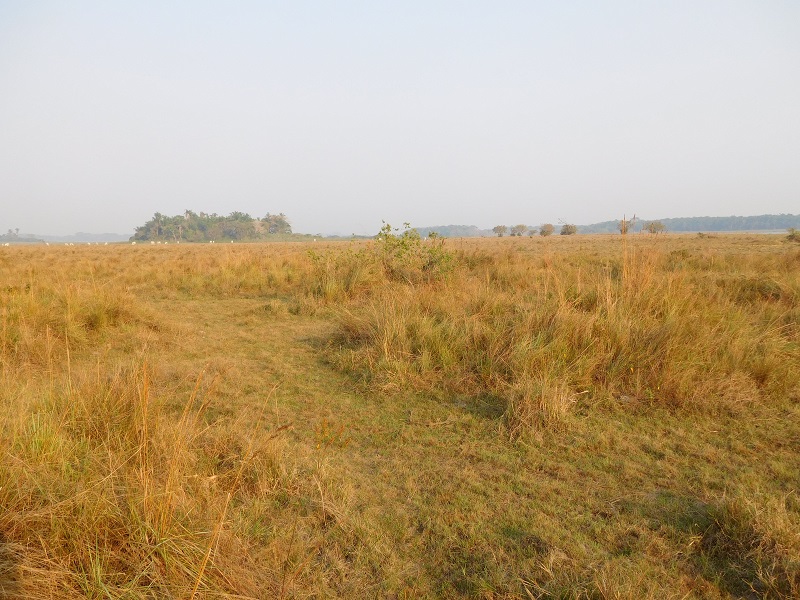A research project helps to understand the transition from gathering to agriculture and a sedentary lifestyle in the south-west of the Amazon
A research project helps to understand the transition from gathering to agriculture and a sedentary lifestyle in the south-west of the Amazon
A research project helps to understand the transition from gathering to agriculture and a sedentary lifestyle in the south-west of the Amazon

The increasing number of archaeological sites discovered in the Amazon has led to a paradigm shift in terms of the understanding of pre-Columbian South America, since archaeological evidence has been found of complex agricultural societies in many parts of the Amazon basin.
These societies were already present during the last 2,500 years approximately, until the arrival of the Europeans, but current research is increasingly revealing that the population of the Amazon began some 10,000 years ago by groups of hunter-gatherers.
However, despite an increase in the number of studies in this field, today there are many doubts as to how and when the groups of humans in this ecoregion began to use strategies for food production (farming and/or agriculture) and adopted a sedentary lifestyle.
A research project by Pompeu Fabra University (begun in 2018 and expected to finish in 2020) by three researchers from the Culture and Socio-Ecological Dynamics (CaSEs) research group, is making significant breakthroughs along these lines.
“This research gives us the opportunity to better understand, first of all, the time of change from gathering food to its production, and secondly, the economic activities carried out before, during and after this transition”

Javier Ruiz-Perez, a student on the PhD programme in History at UPF (archaeobotany and palaeoecology studies), and principal investigator of a grant from National Geographic, under the supervision of Marco Madella, ICREA-UPF research professor, and Humberto Lombardo, a Marie Curie researcher, both with the University’s Department of Humanities.
“This research gives us the opportunity to better understand, first of all, the time of change from gathering food to its production, and secondly, the economic activities carried out before, during and after this transition”, the researchers affirm.
“Our research may help in the debate about the exploitation of natural resources that took place in the area of Llanos de Moxos during the Holocene, with special emphasis on the socioecological interactions that led to the adoption of a sedentary lifestyle and agricultural subsistence strategies”, they comment.
An archaeological reconstruction of the last 10,000 years, based on the study of forest islands
The project aims to examine the transition from gathering to agriculture in the south-west of the Amazon, through a continuous archaeological reconstruction of the last 10,000 years. To do so, an archaeological excavation was carried out in the Barba Azul nature reserve in Llanos de Moxos (Bolivian Amazon), a savannah subject to flooding spanning approximately 150,000 square kilometres.
The reserve includes an important archaeological landscape, composed of settlements located on hillocks called “forest islands”, as well as agricultural fields and roadways. The forest islands, mostly found along the rivers, are key to this research: the hunter-gatherers and agricultural groups built them and occupied them in the pre-Columbian era. Therefore, they are cultural archives of thousands of years of anthropic occupations.
It is thought that in the forest islands and in the areas around, the people farmed (corn, cassava and pumpkin, among other crops), sometimes by building raised fields to protect the crops from seasonal flooding. The agricultural techniques practised by these groups may also have included the fertilization of fields through the addition of organic matter from the canals that drained the fields.
Understanding the spread of the sedentary lifestyle and its current implications

Pre-Columbian raised fields in the foreground and the Manechi Island forest in the background
Was the transition to food production economies a short or a long process? Did pre-Columbian societies begin to grow plants at the same time as gathering food to eat? What species of plants did they use?
According to the UPF researchers, analysing and understanding the scope of these questions is critical because the start and the expansion of a rather sedentary lifestyle in agriculture in the Amazon basin has had profound implications for both humans and the landscapes of the region.
“Understanding these dynamics of the past may be useful for the present, especially with regard to the current management of the Amazon. We believe that this kind of research may prove highly useful to design more sustainable agricultural and environmental policies, and balance human presence and preserve the environment”, explains Marco Madella.
The research project is funded by two grants: the Young Explorers Grant 2017, awarded by the National Geographic Society, and a predoctoral scholarship from the Spanish Ministry of Education, Culture and Sport for the 2016 call.
